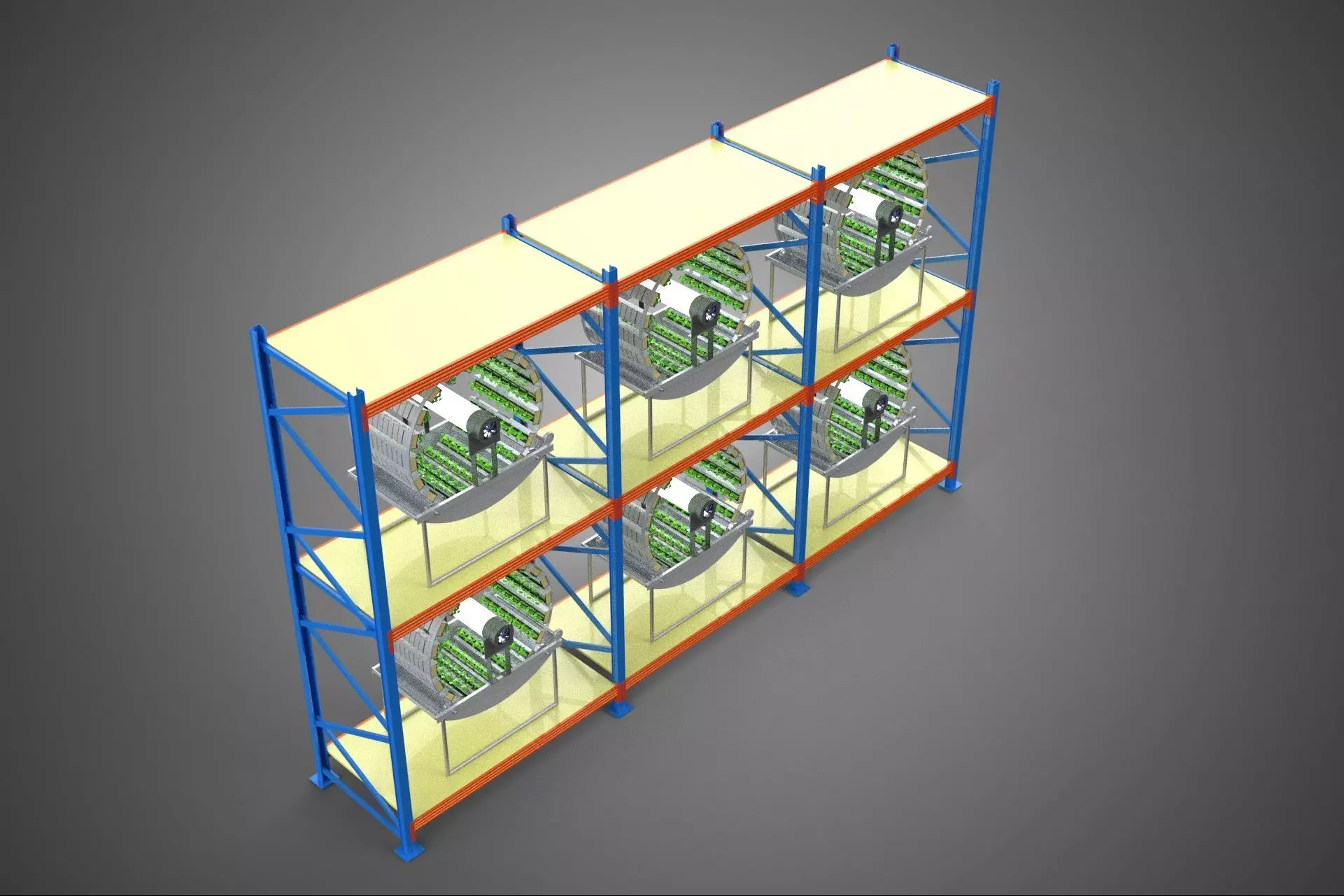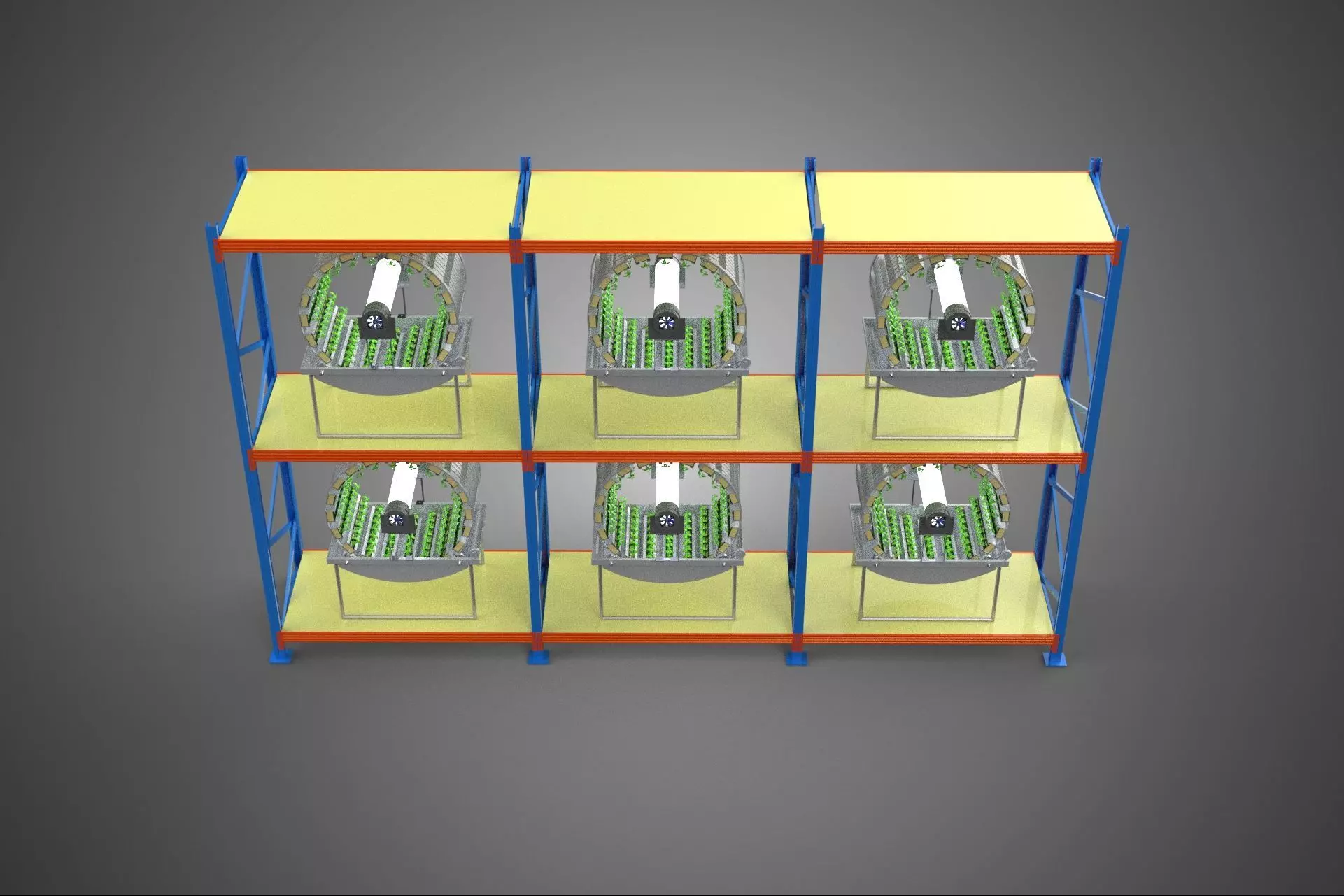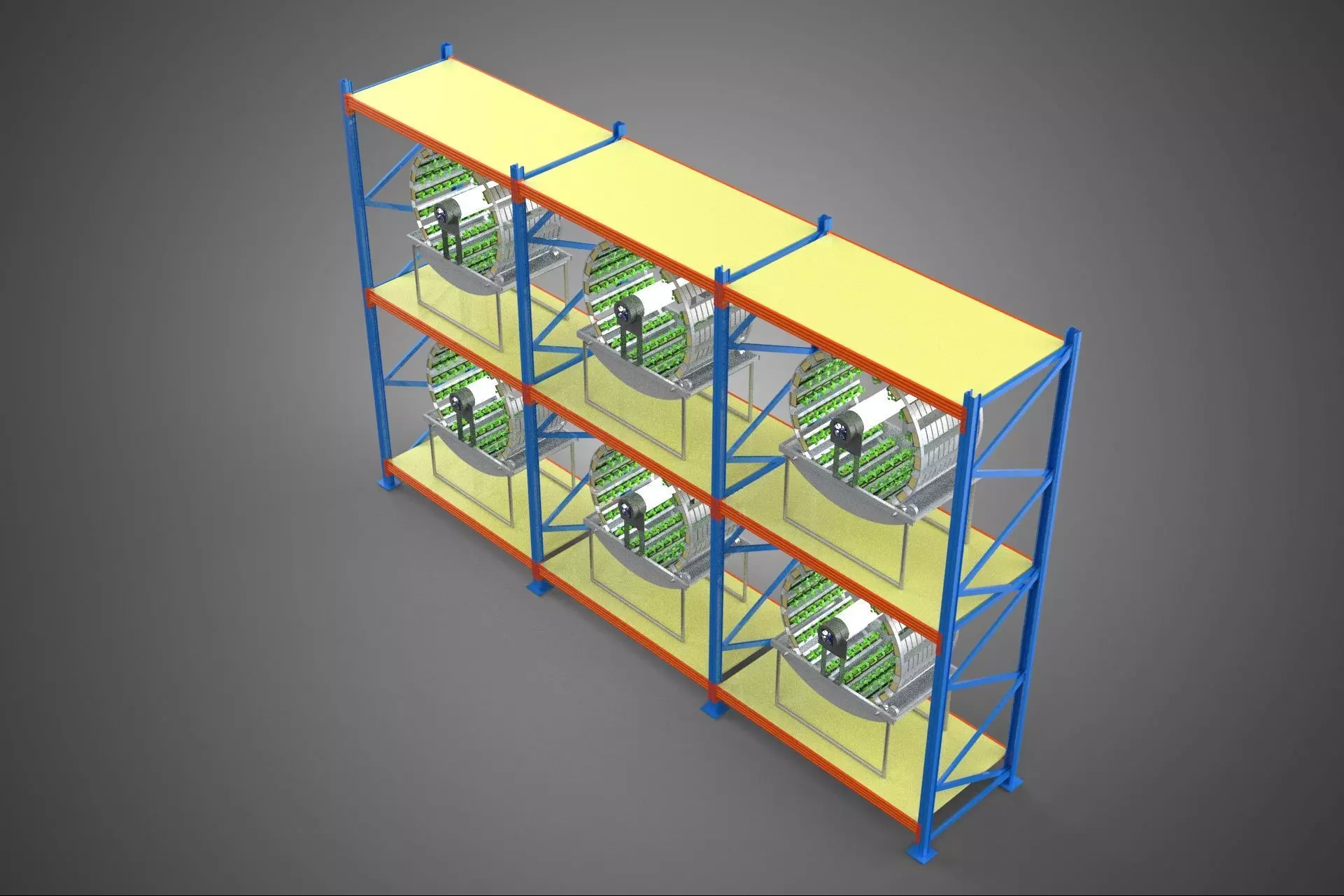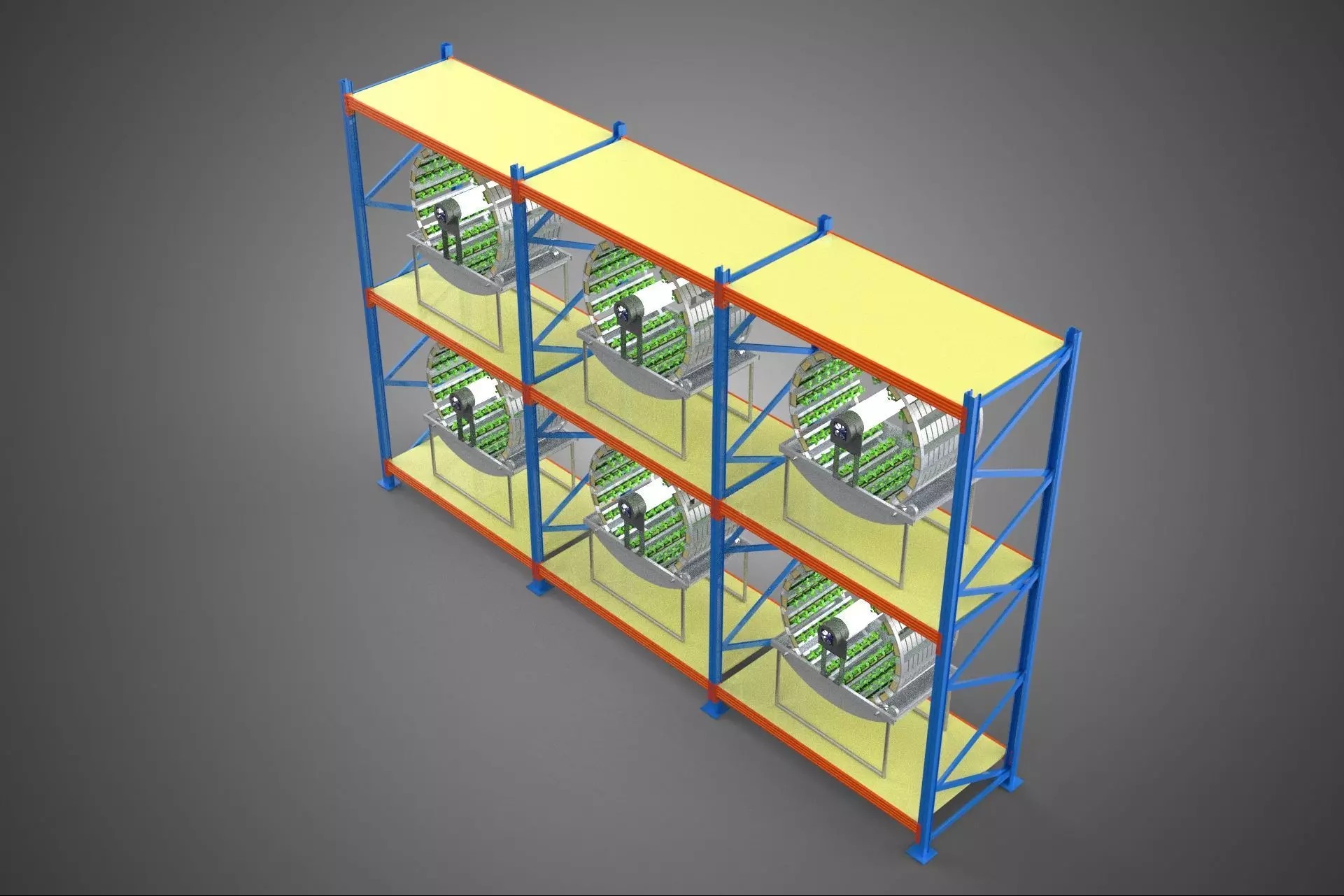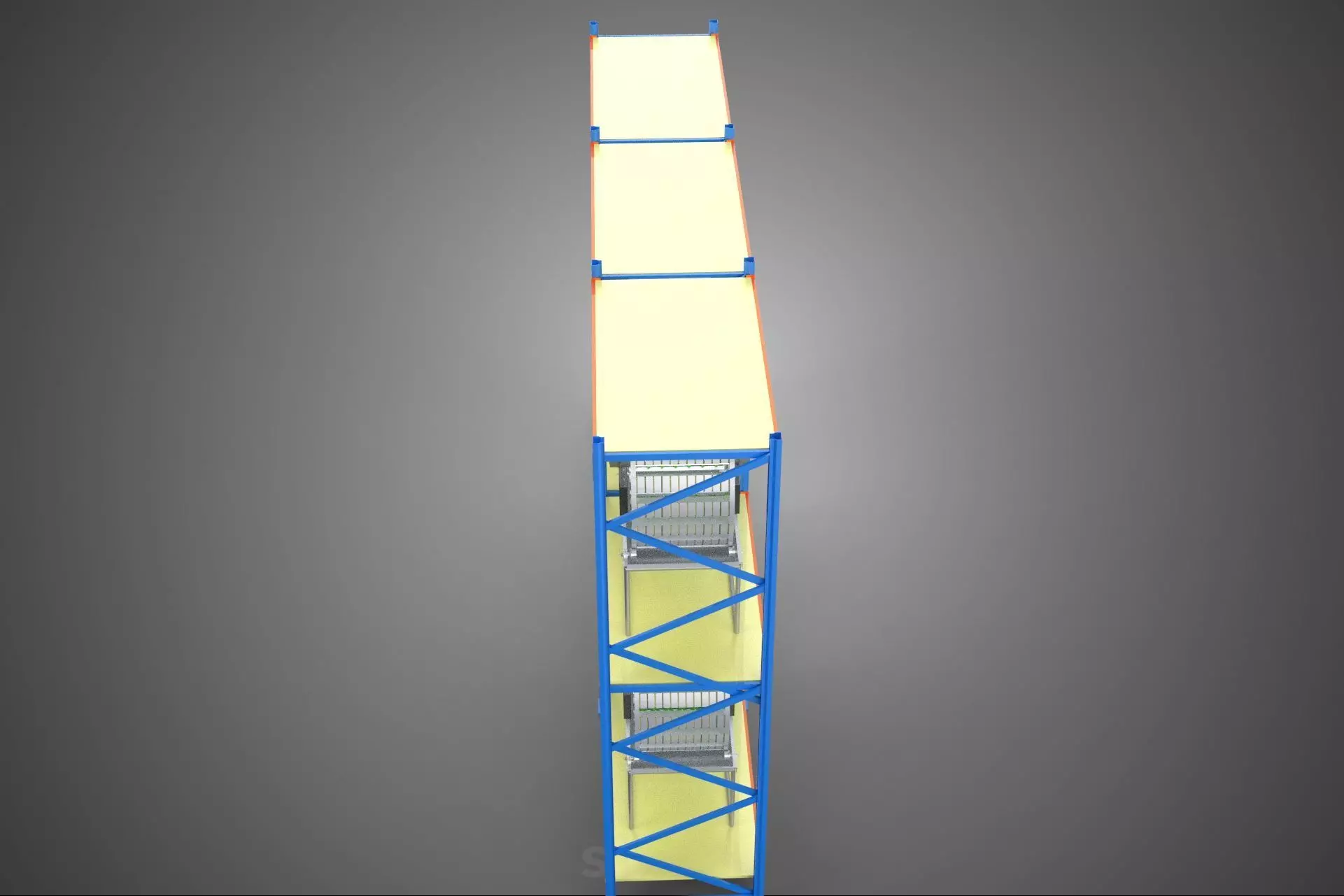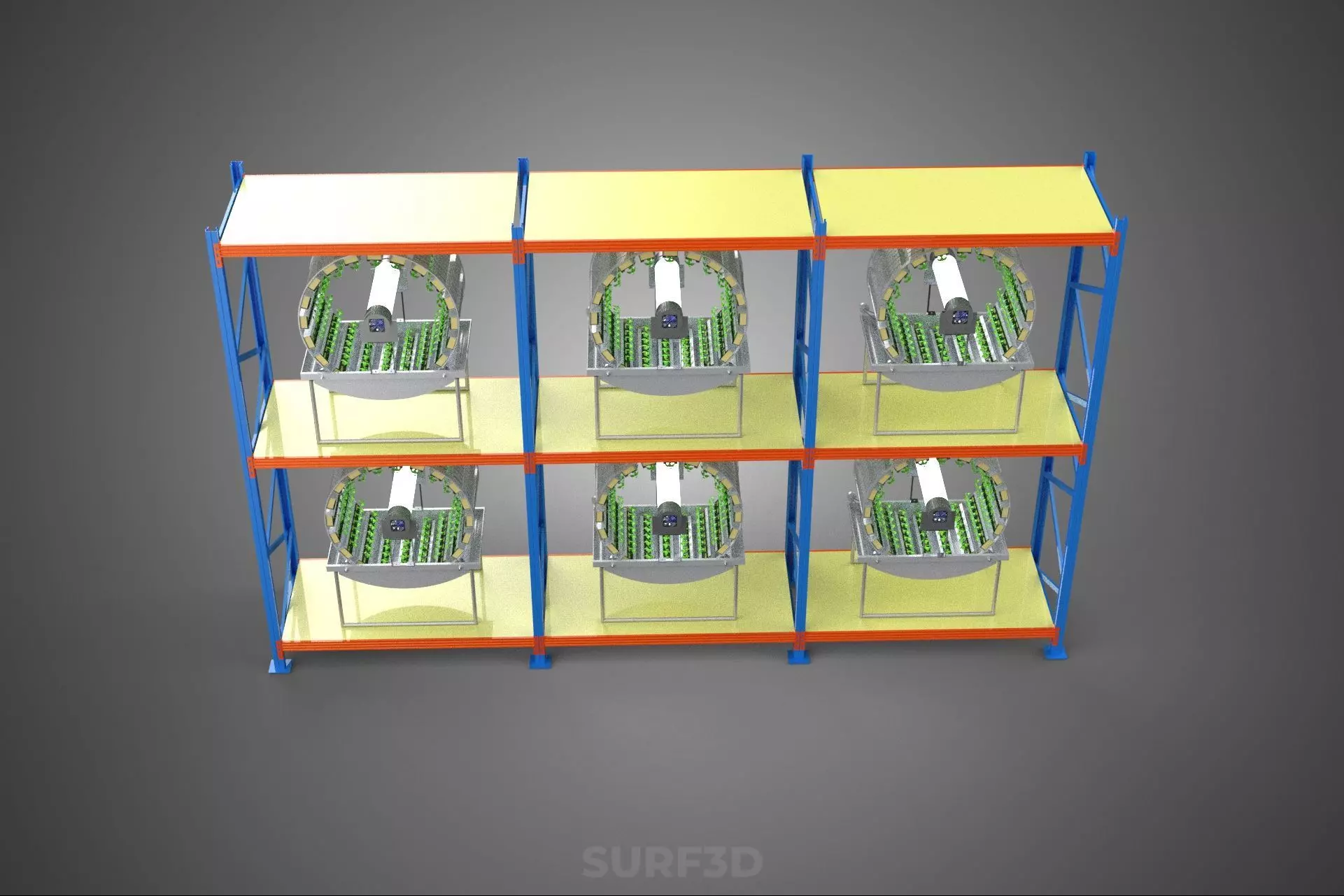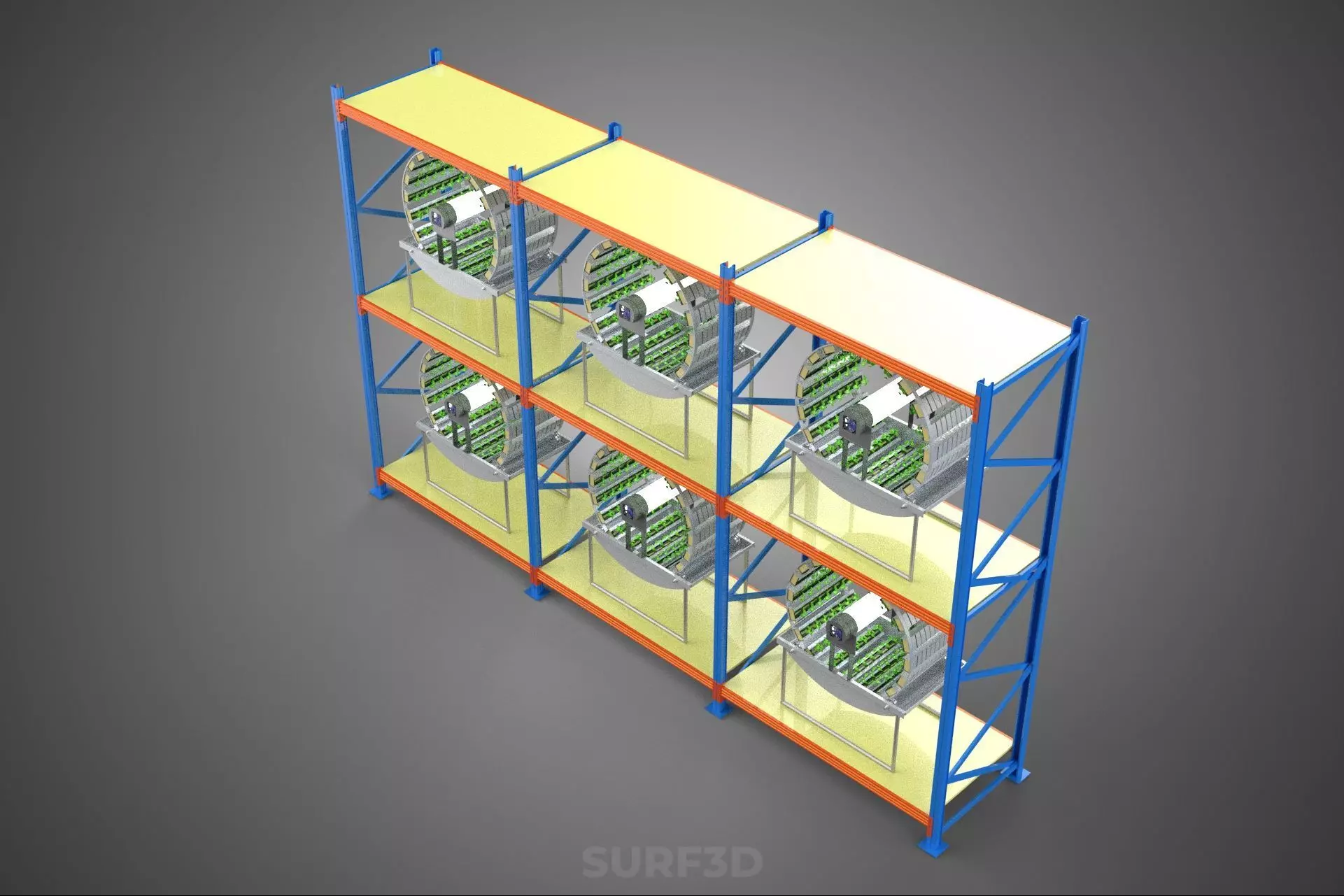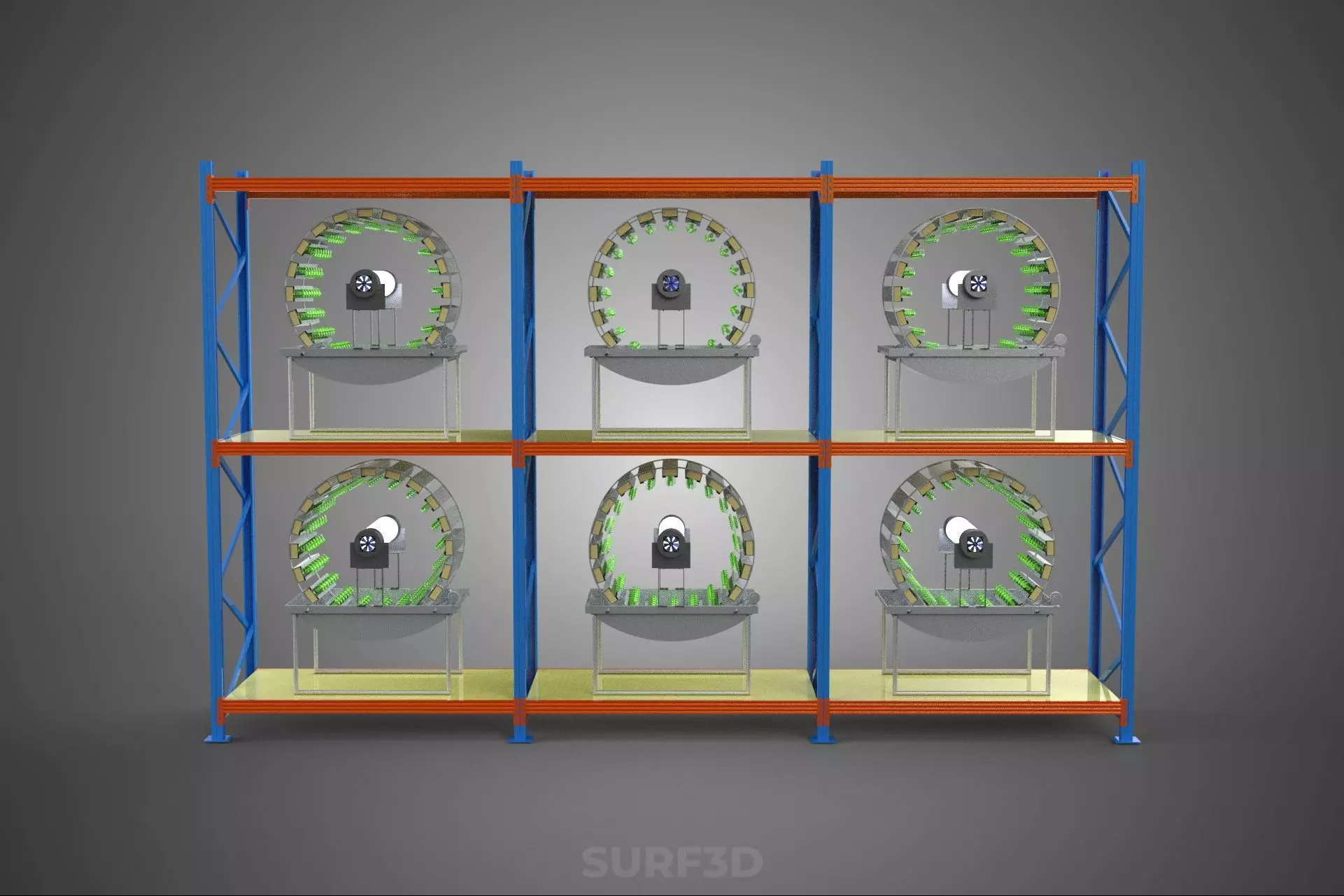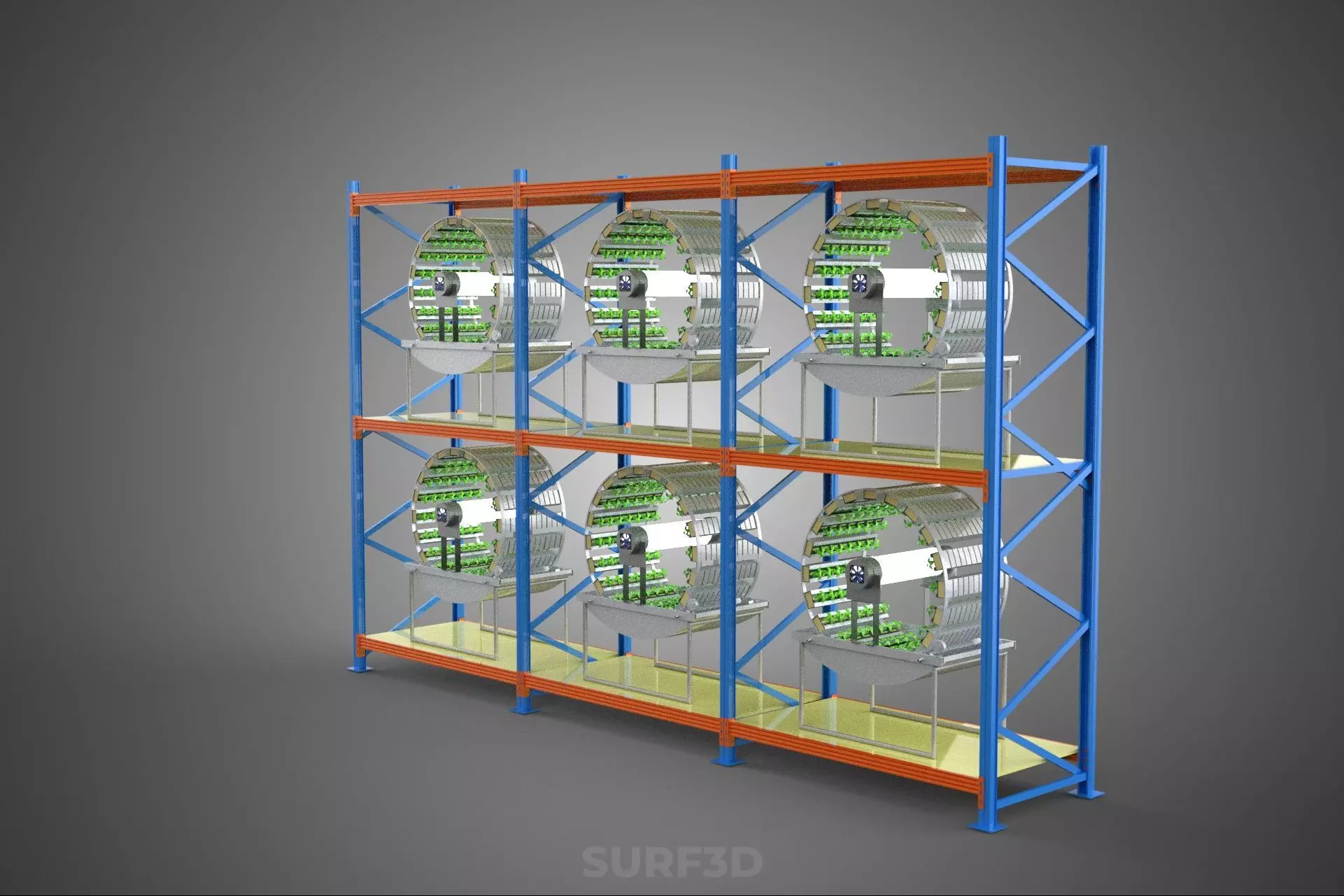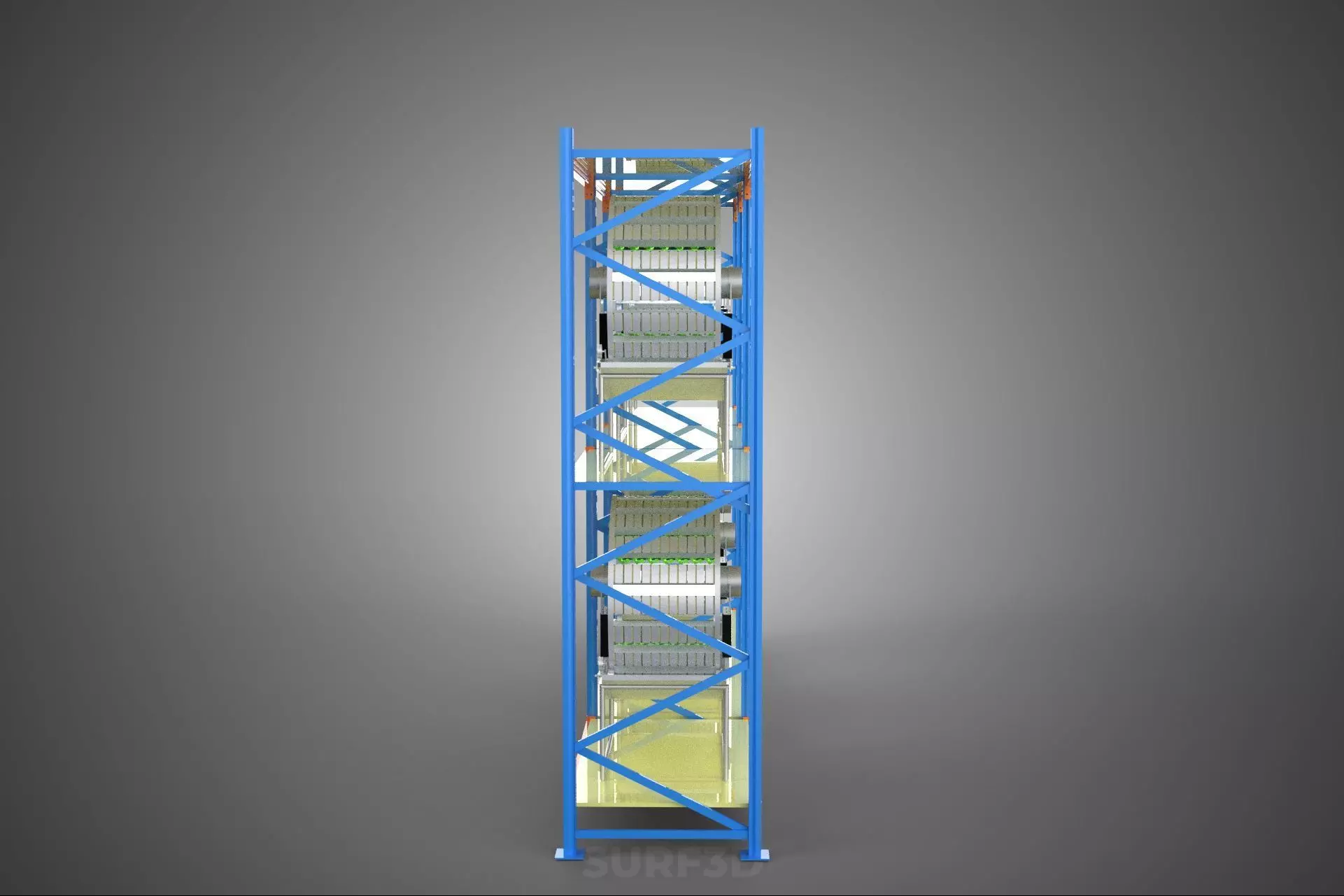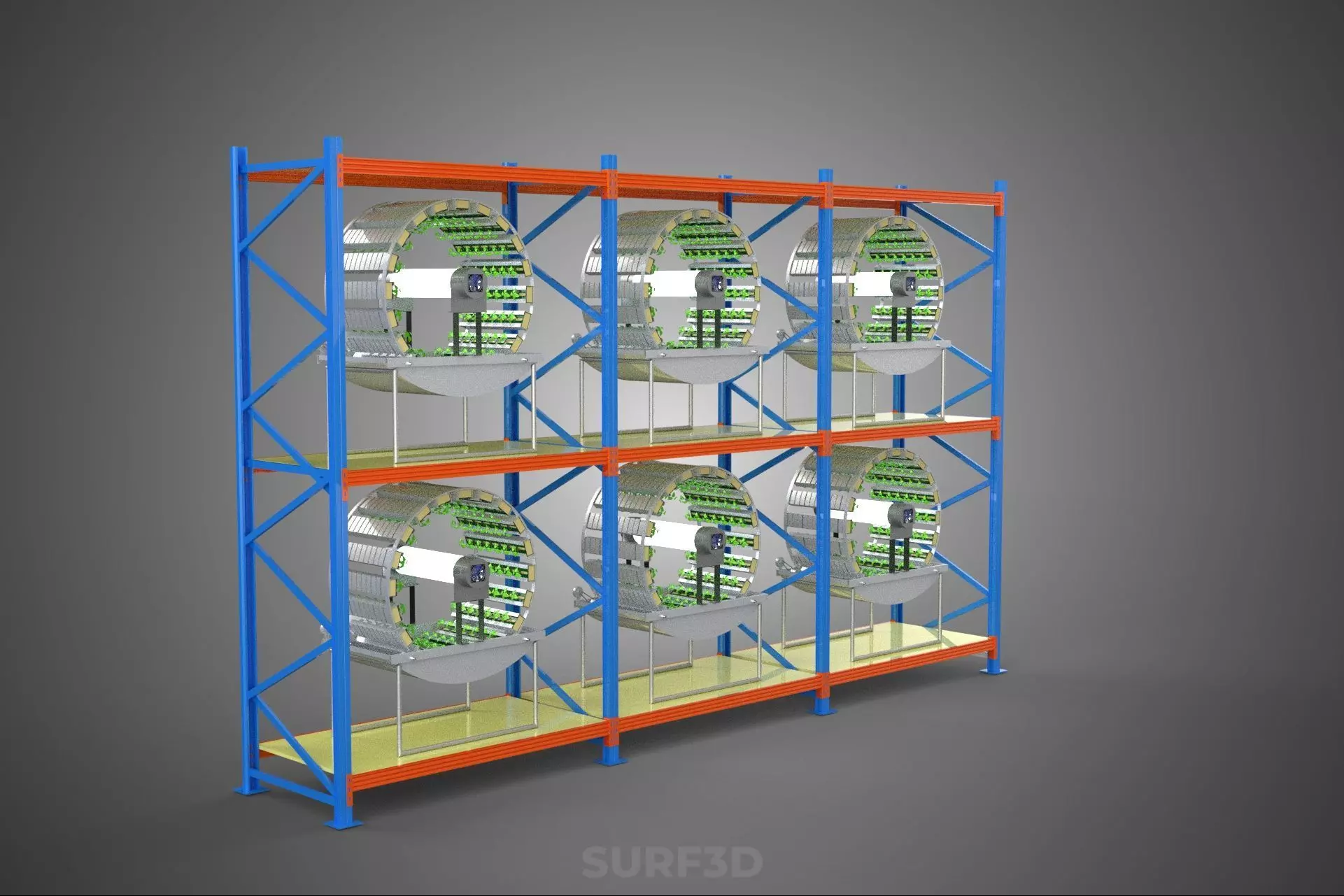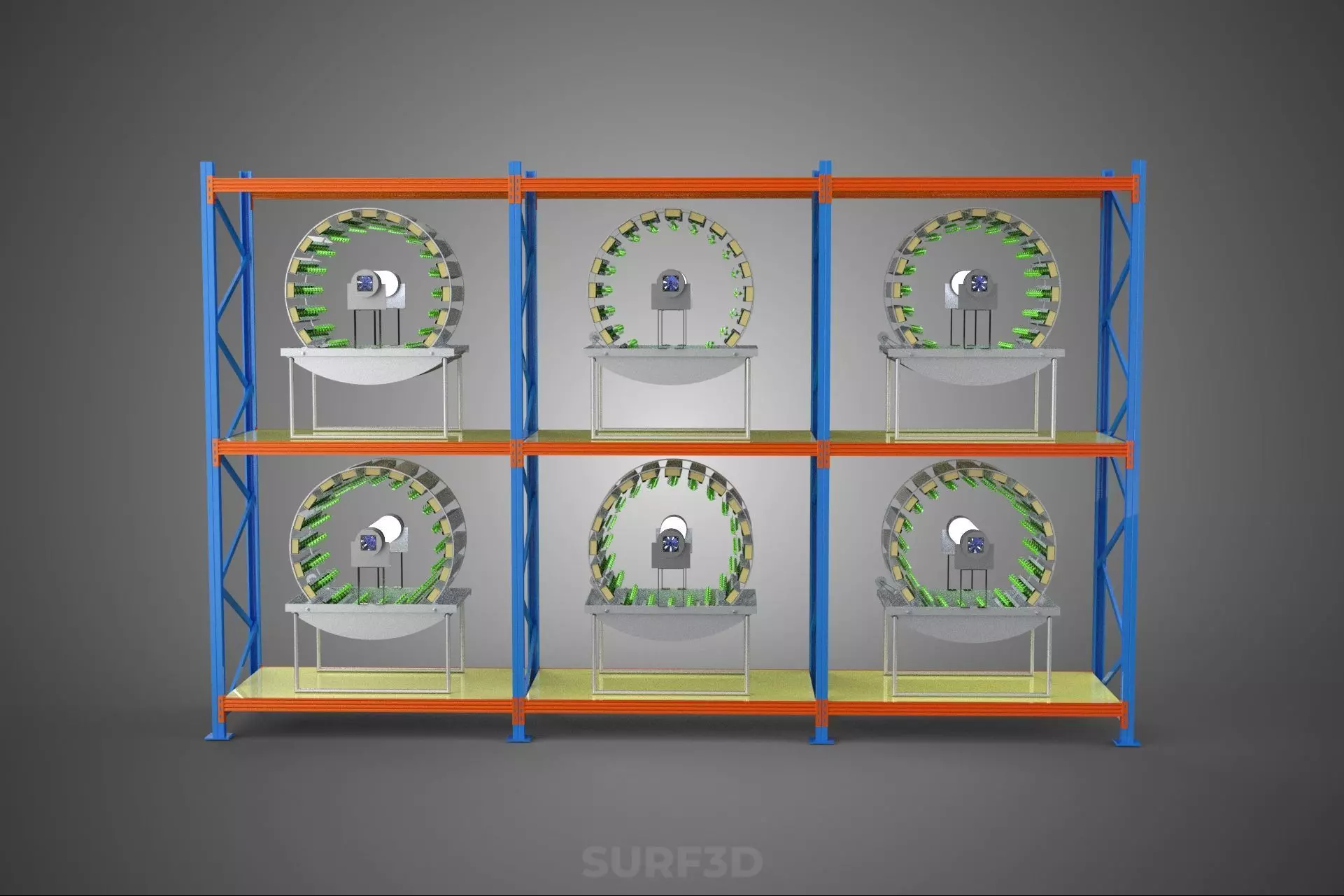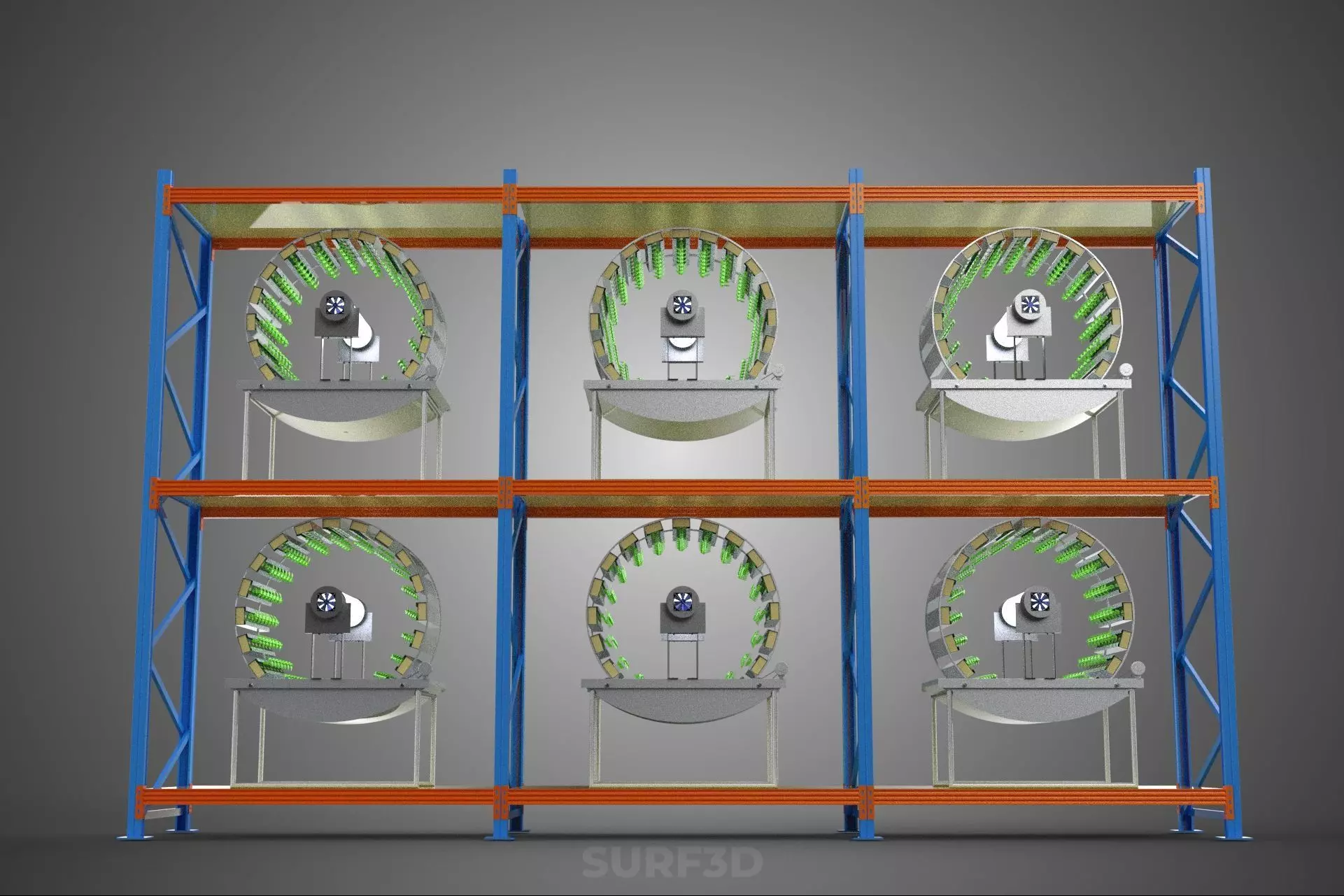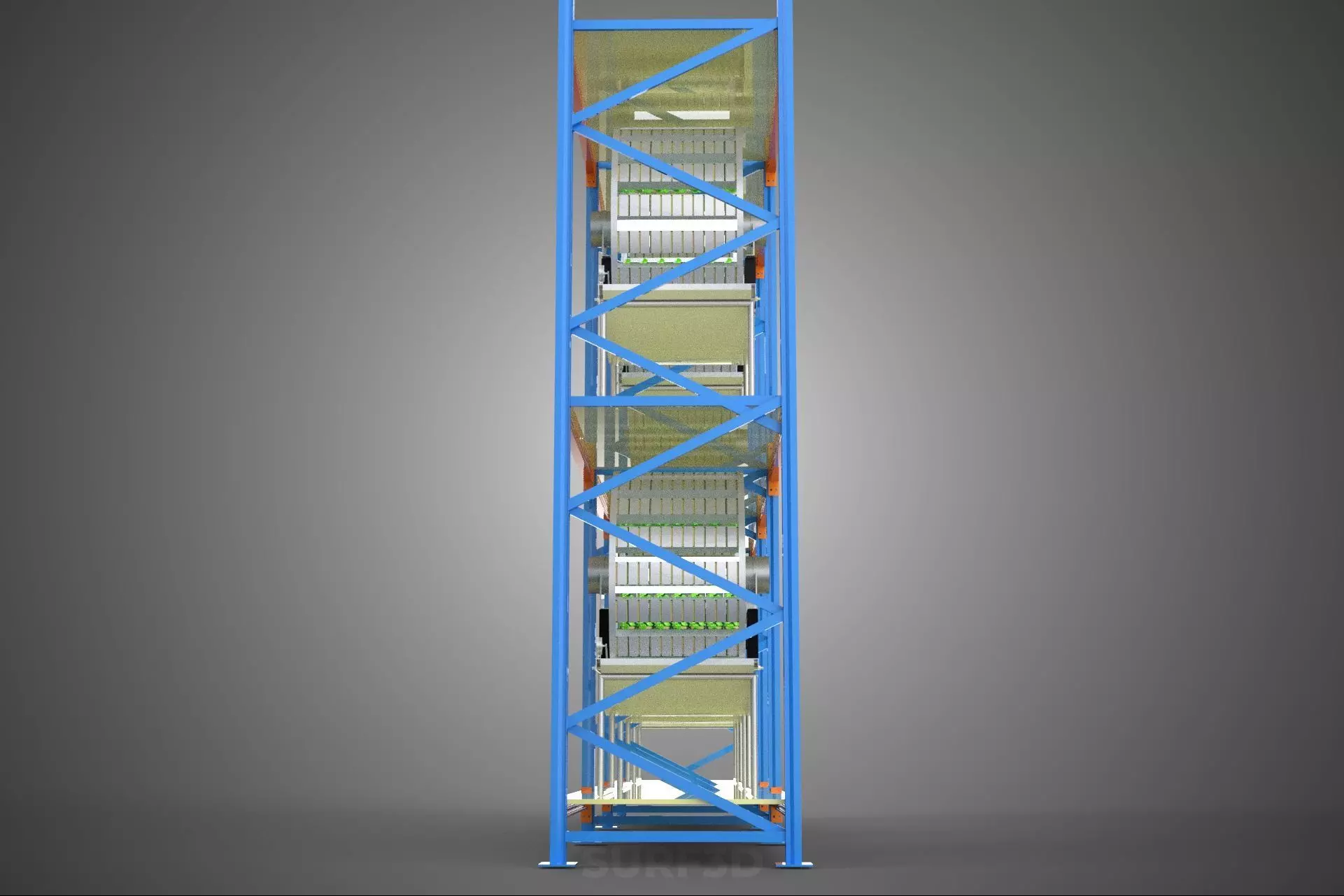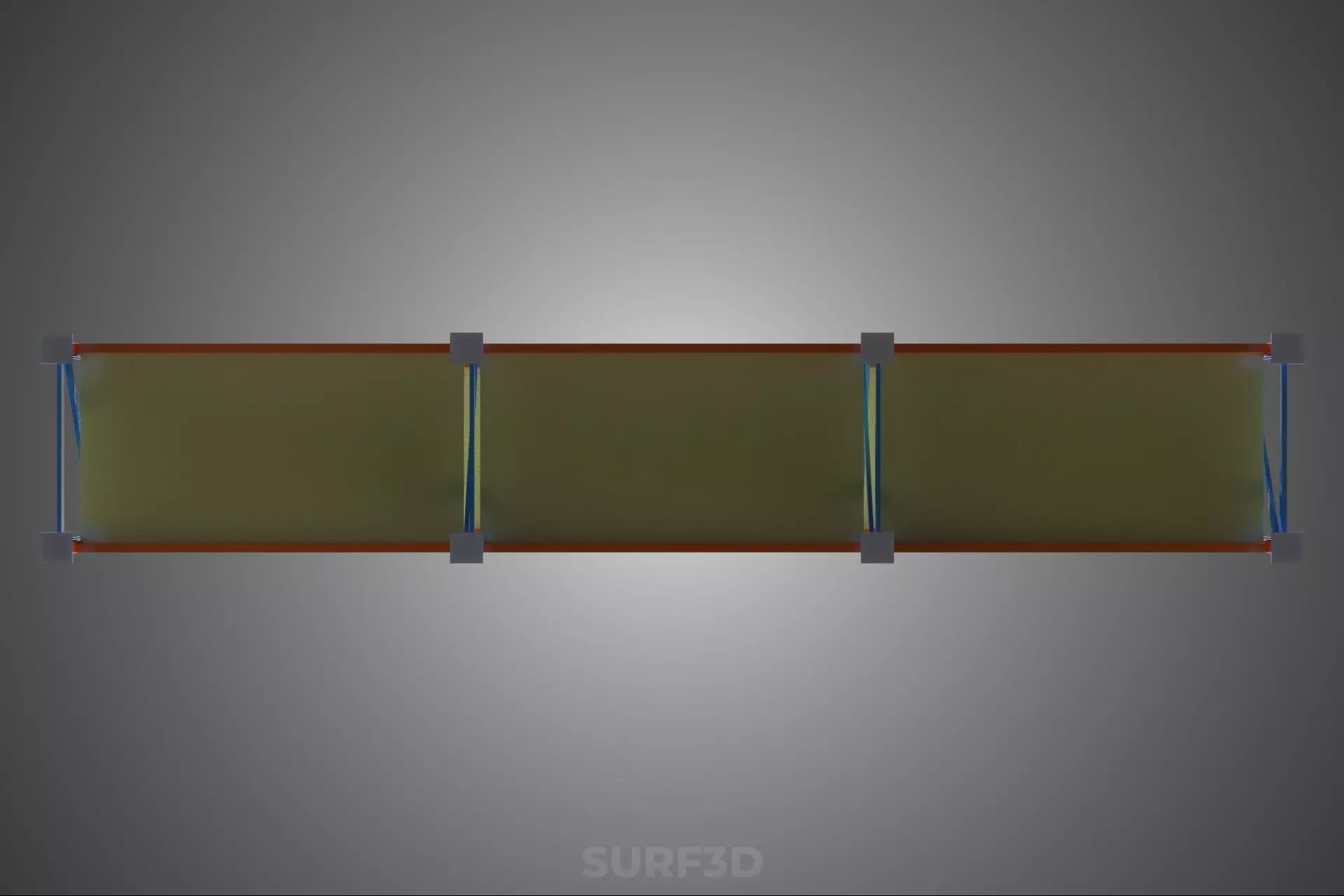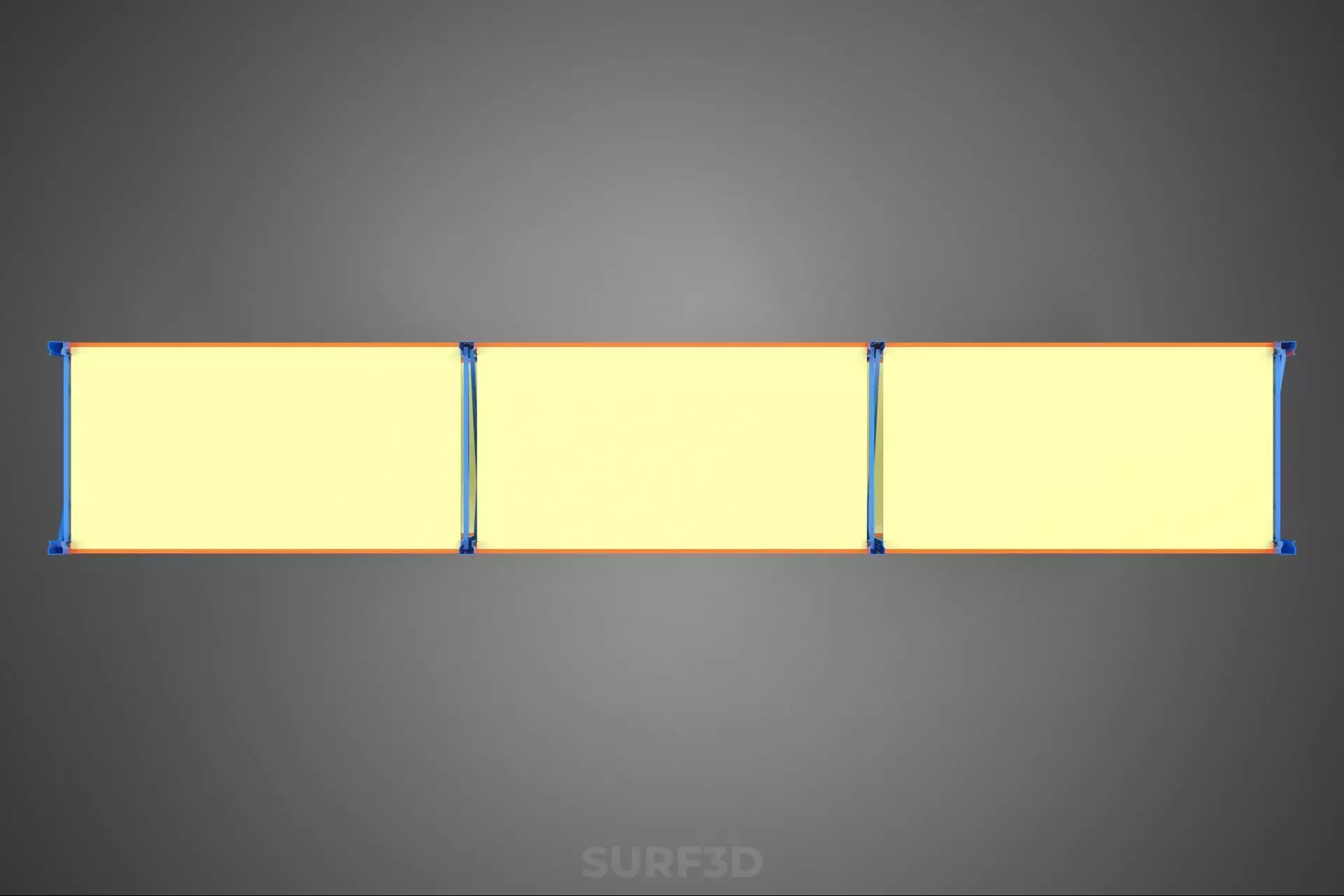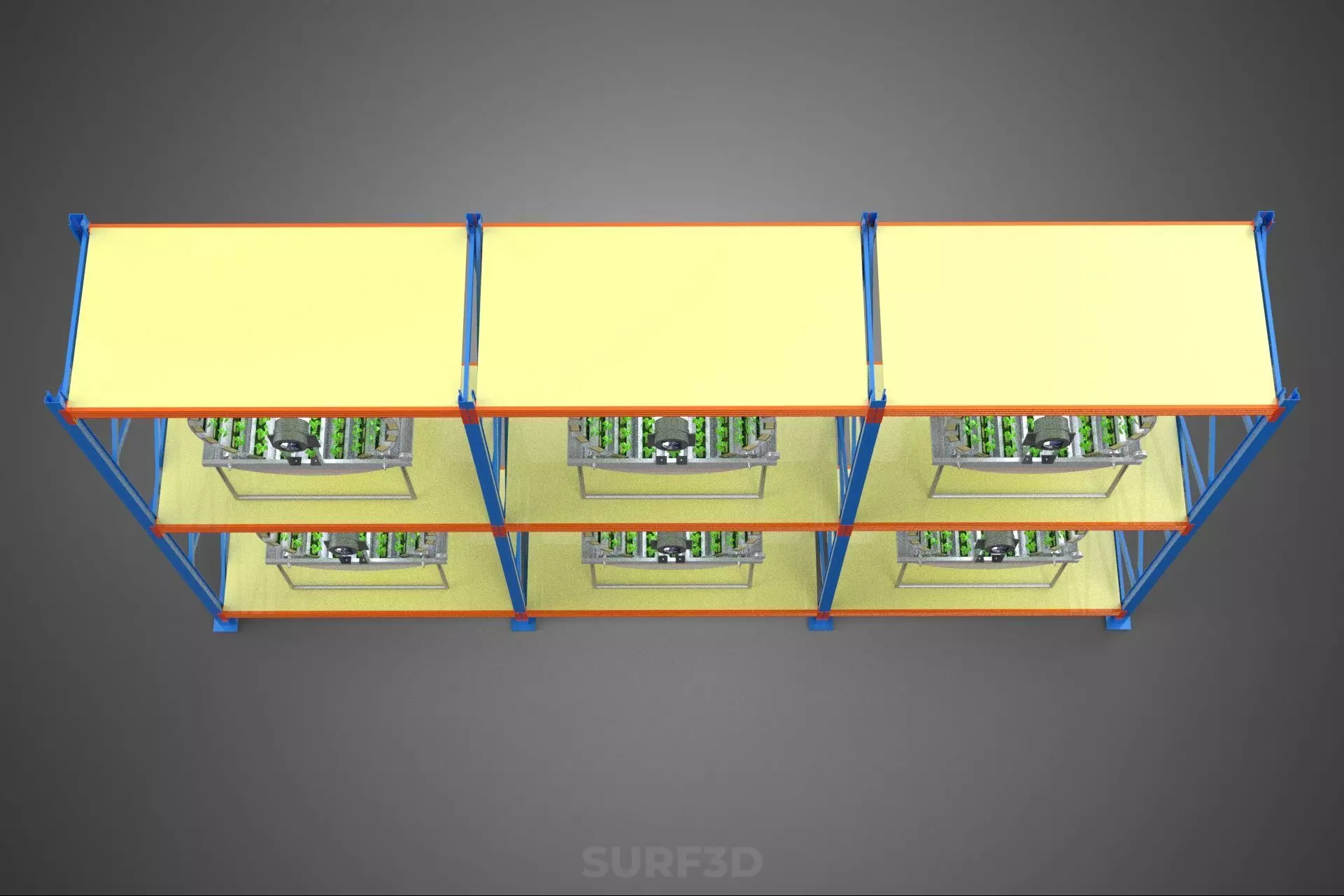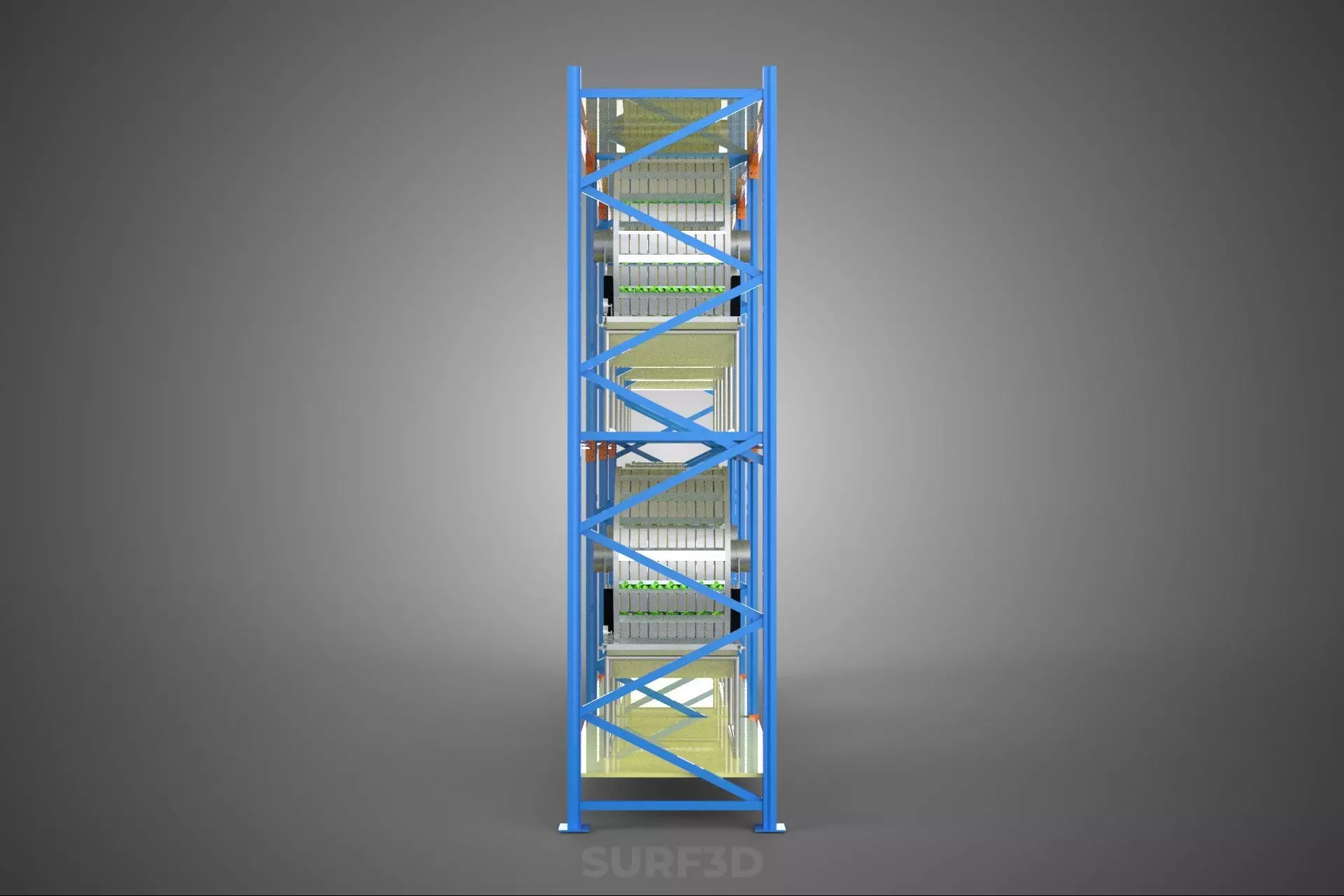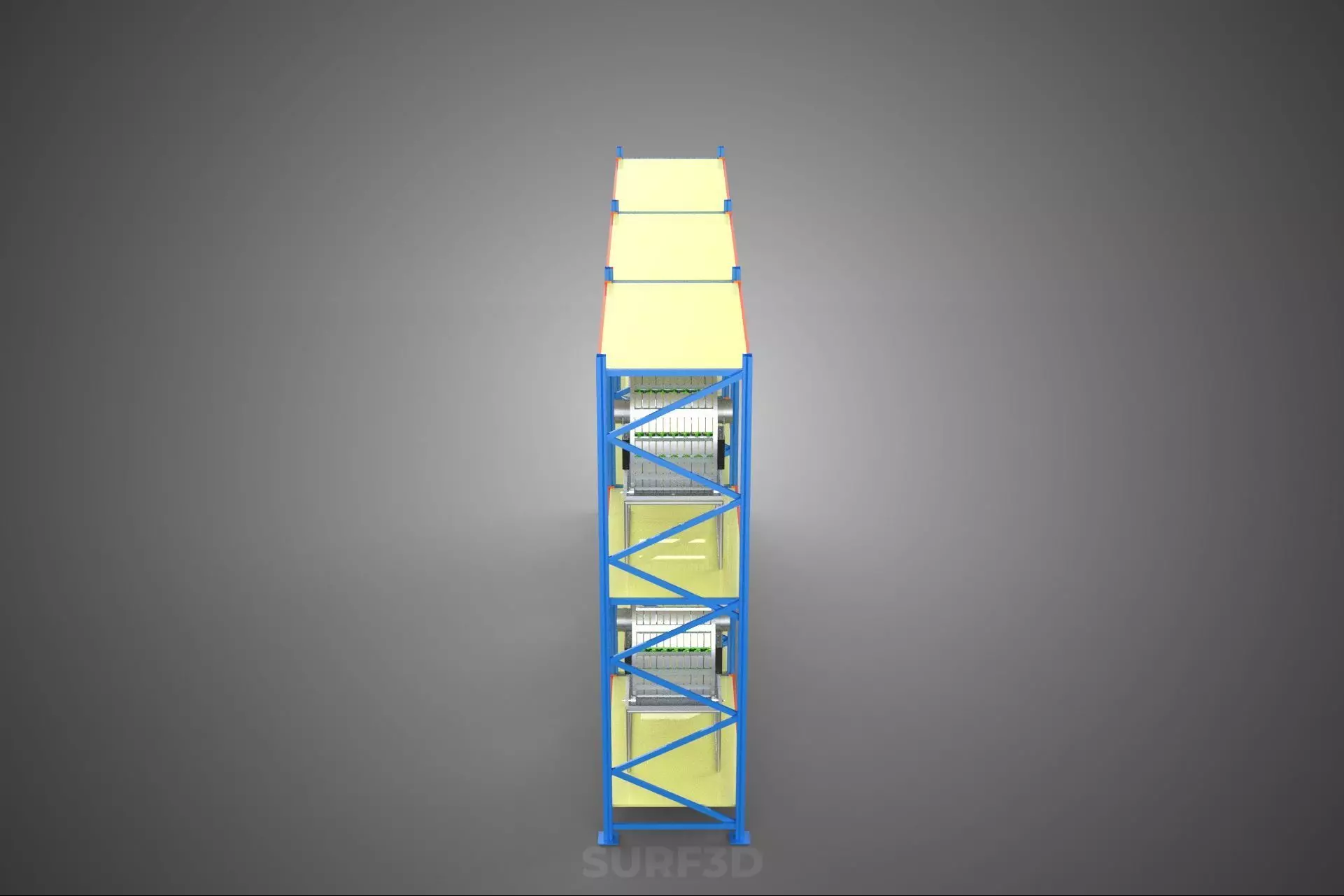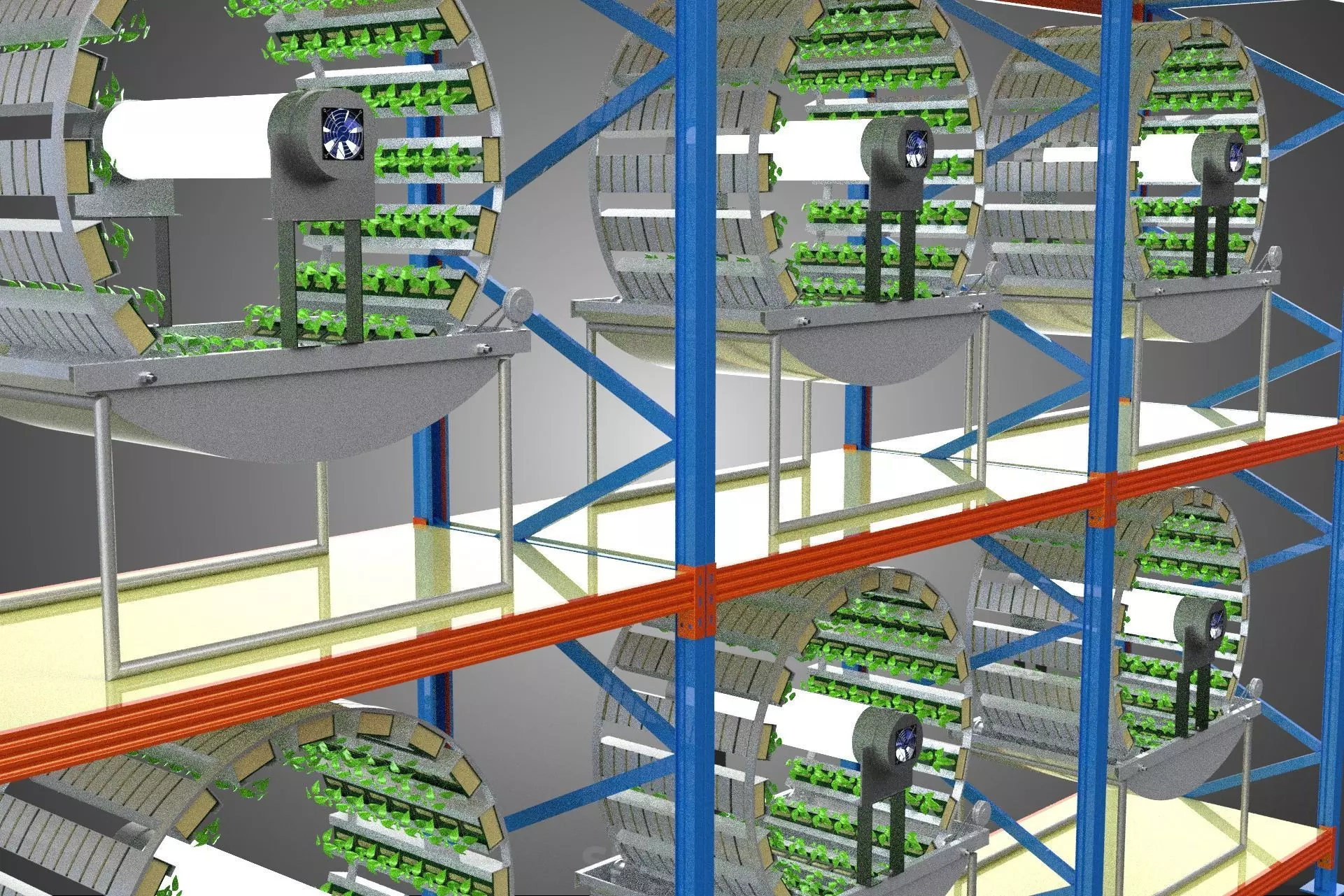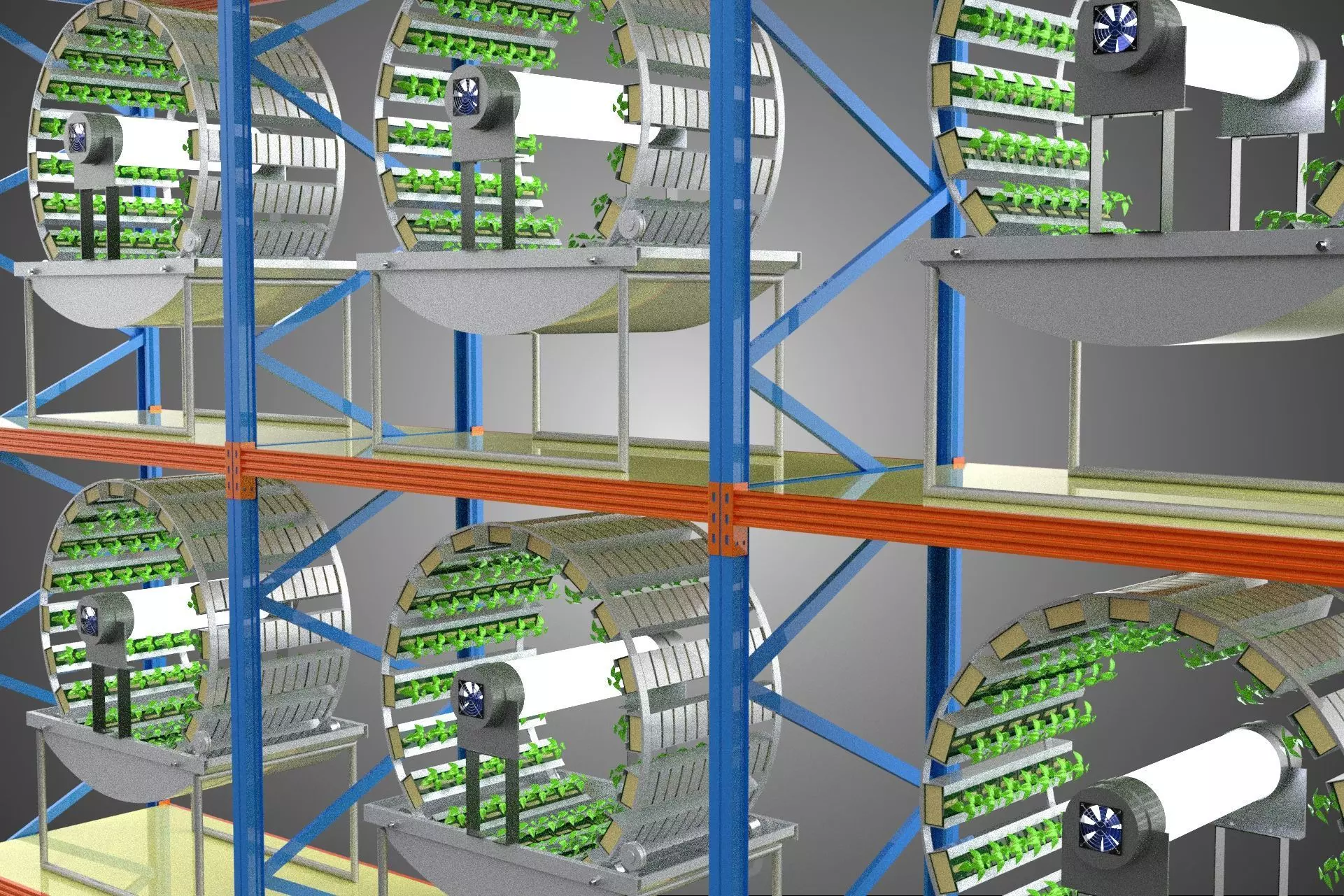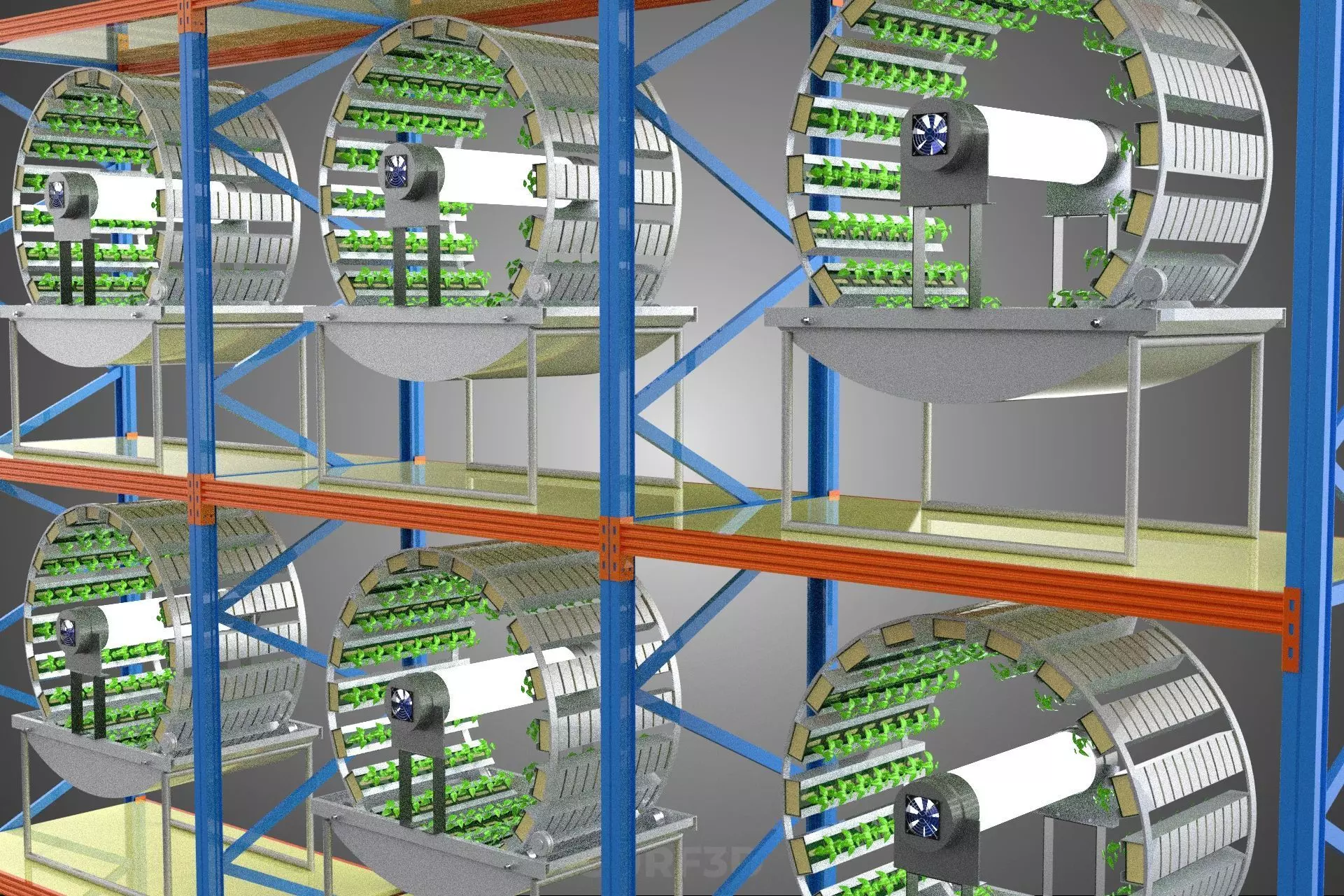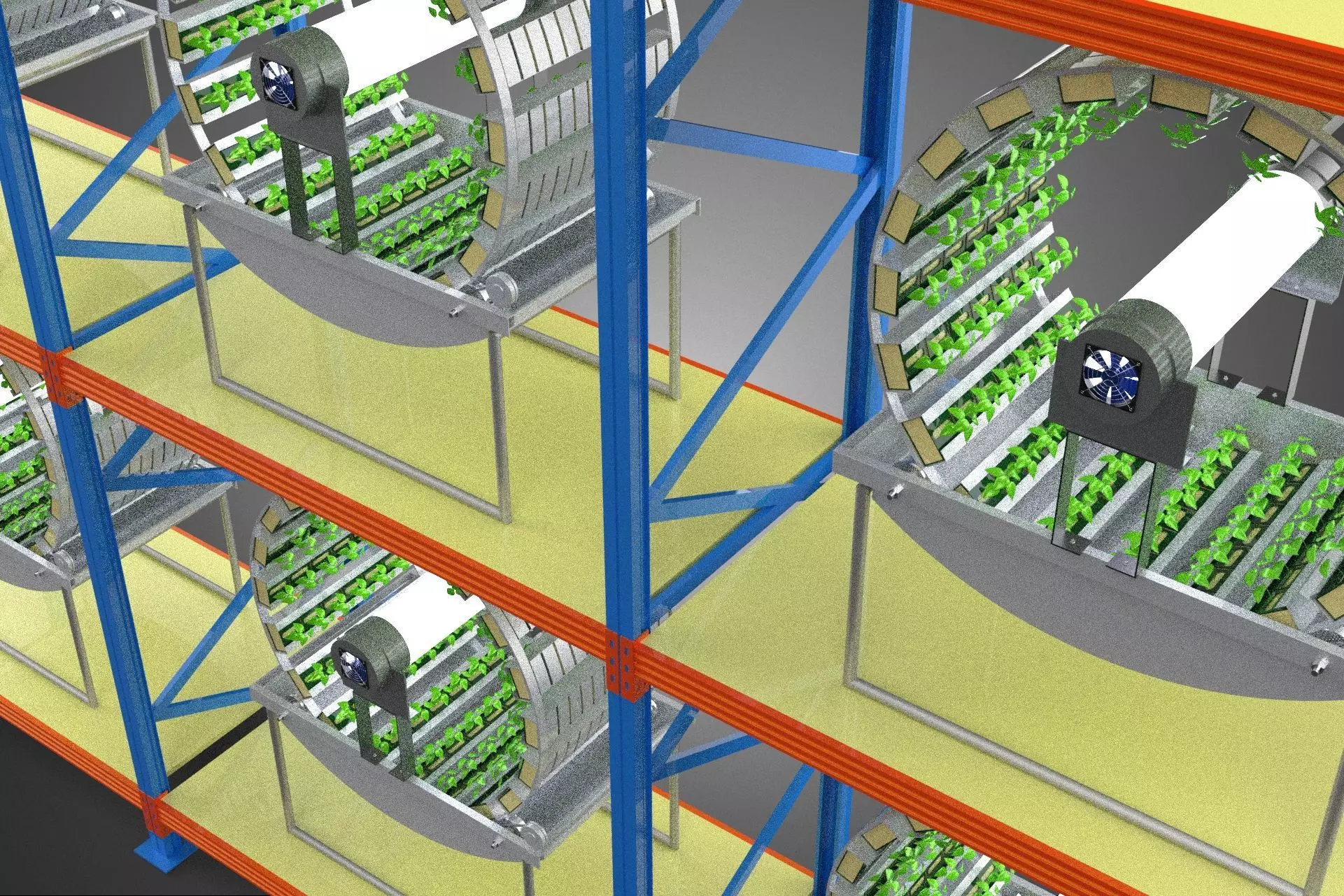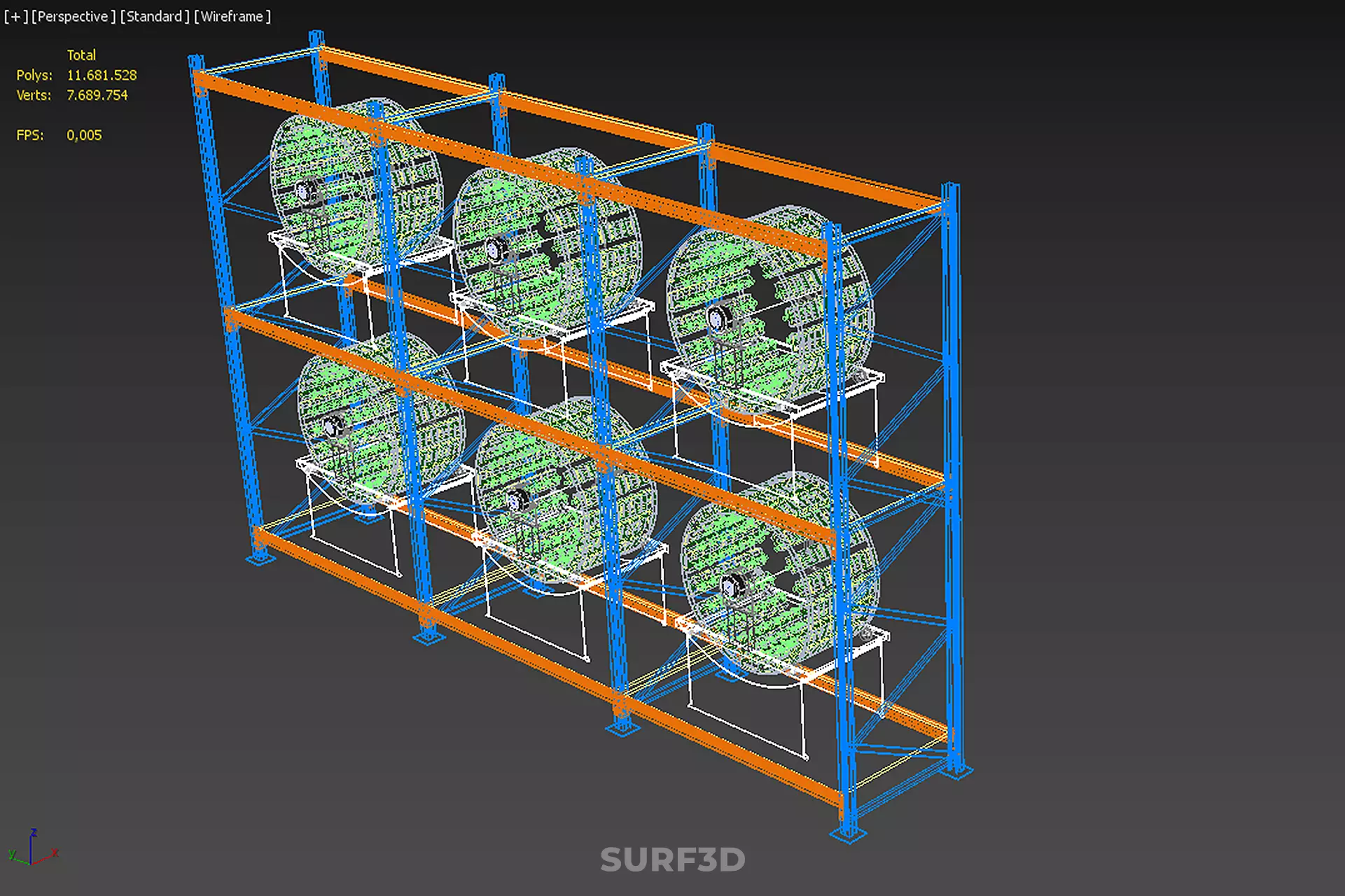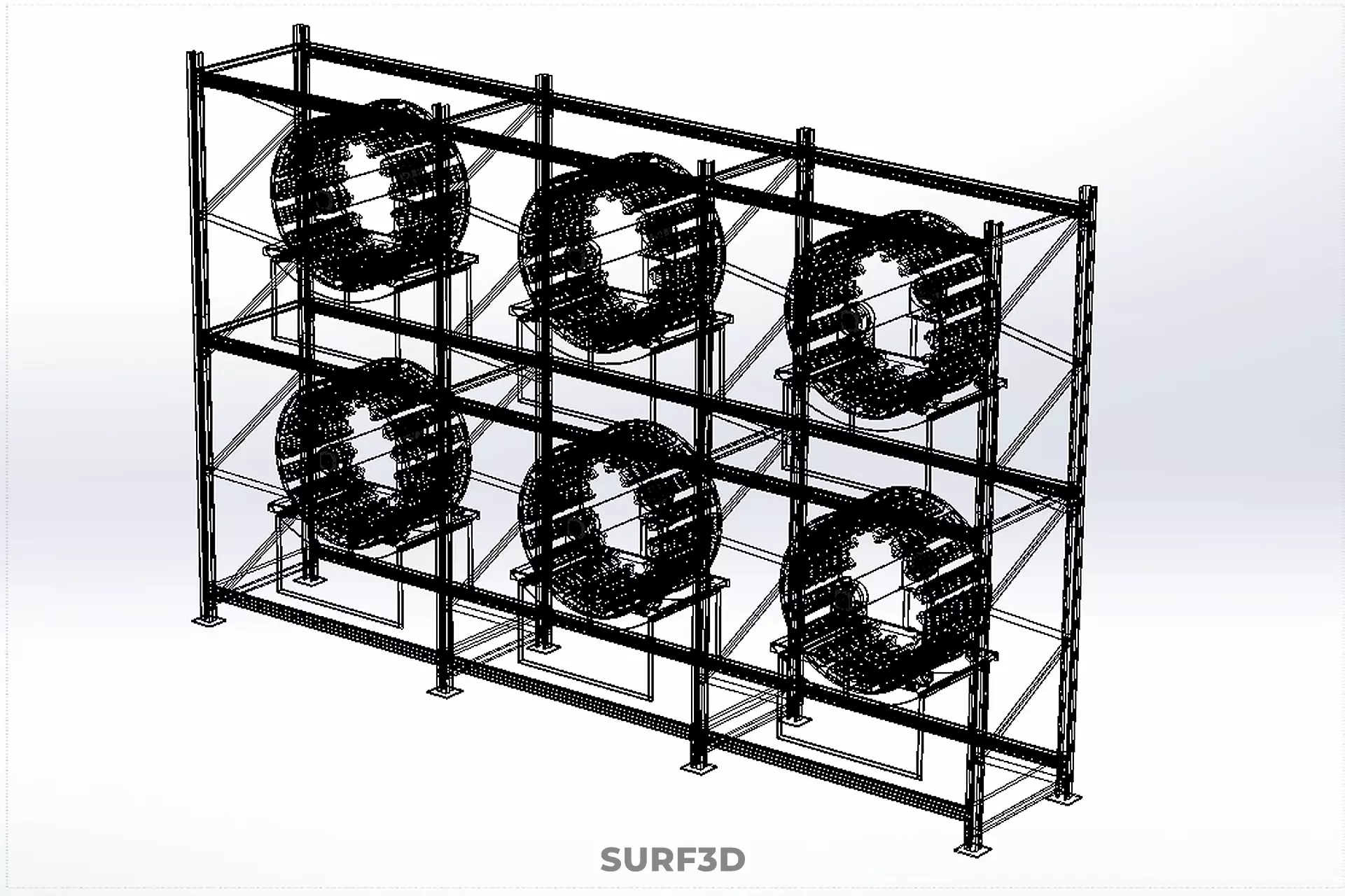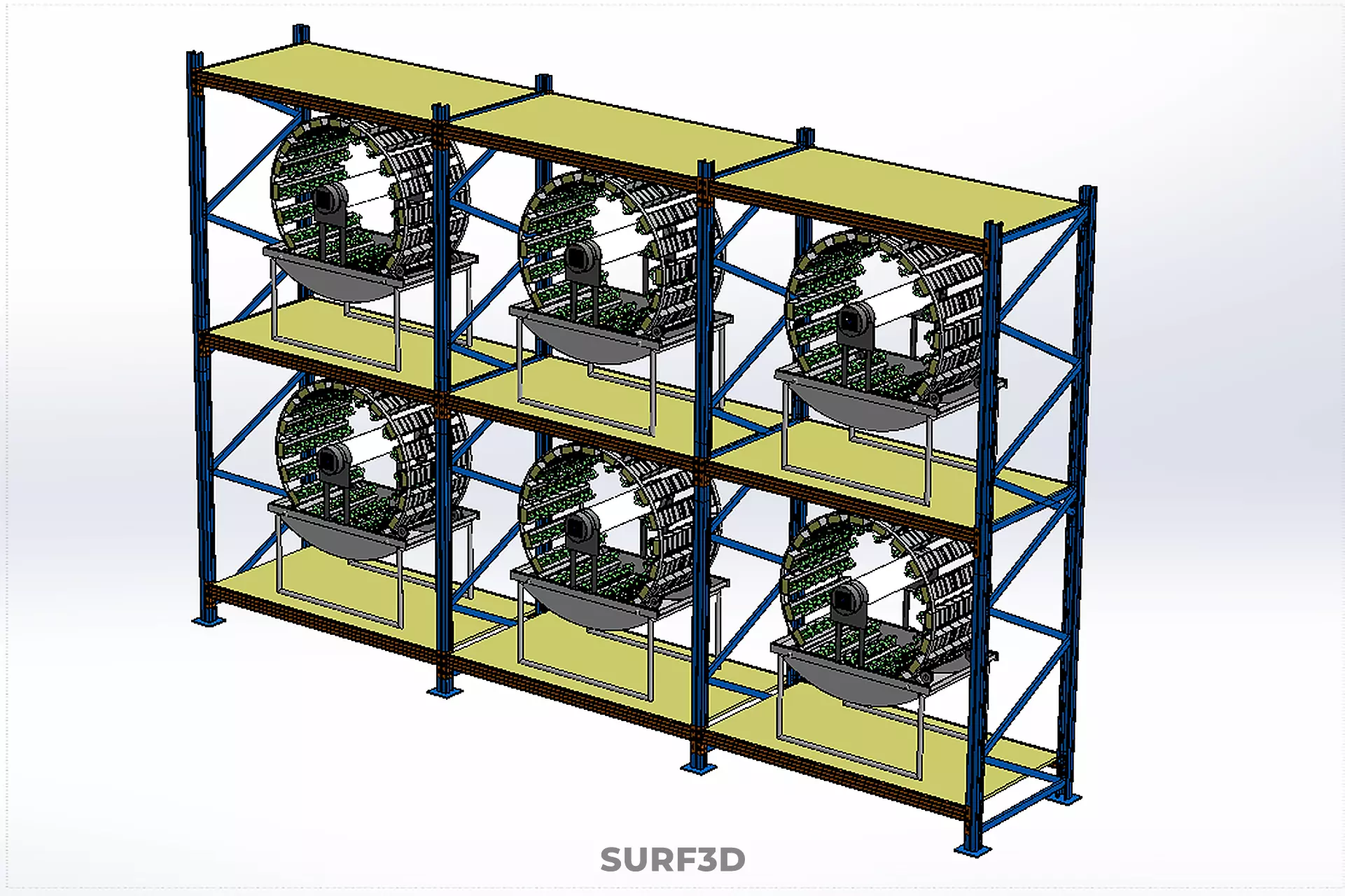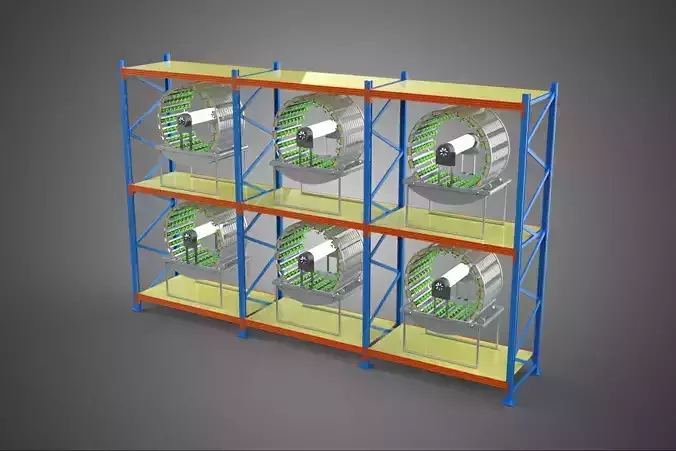
INDOOR ARRAY ROW SHELF RACK TRAY ROTARY HYDROPONIC PLANT GARDEN 3D model
High-quality 3D assets at affordable prices — trusted by designers, engineers, and creators worldwide. Made with care to be versatile, accessible, and ready for your pipeline.
Included File Formats
This model is provided in 14 widely supported formats, ensuring maximum compatibility:
• - FBX (.fbx) – Standard format for most 3D software and pipelines
• - OBJ + MTL (.obj, .mtl) – Wavefront format, widely used and compatible
• - STL (.stl) – Exported mesh geometry; may be suitable for 3D printing with adjustments
• - STEP (.step, .stp) – CAD format using NURBS surfaces
• - IGES (.iges, .igs) – Common format for CAD/CAM and engineering workflows (NURBS)
• - SAT (.sat) – ACIS solid model format (NURBS)
• - DAE (.dae) – Collada format for 3D applications and animations
• - glTF (.glb) – Modern, lightweight format for web, AR, and real-time engines
• - 3DS (.3ds) – Legacy format with broad software support
• - 3ds Max (.max) – Provided for 3ds Max users
• - Blender (.blend) – Provided for Blender users
• - SketchUp (.skp) – Compatible with all SketchUp versions
• - AutoCAD (.dwg) – Suitable for technical and architectural workflows
• - Rhino (.3dm) – Provided for Rhino users
Model Info
• - All files are checked and tested for integrity and correct content
• - Geometry uses real-world scale; model resolution varies depending on the product (high or low poly)
• • - Scene setup and mesh structure may vary depending on model complexity
• - Rendered using Luxion KeyShot
• - Affordable price with professional detailing
Buy with confidence. Quality and compatibility guaranteed.
If you have any questions about the file formats, feel free to send us a message — we're happy to assist you!
Sincerely,
SURF3D
Trusted source for professional and affordable 3D models.
More Information About 3D Model :
An Indoor Array Row Shelf Rack Tray Rotary Hydroponic Plant Garden is a sophisticated, controlled-environment agricultural system designed for the efficient, soil-less cultivation of plants within an enclosed space. This innovative setup integrates principles of hydroponics, vertical farming, and mechanical rotation to optimize plant growth conditions, maximize space utilization, and enhance resource efficiency. It represents a convergence of advanced horticultural techniques, automation, and environmental control for sustainable plant production.
System Overview
The term Indoor denotes that the entire cultivation process occurs within a meticulously controlled environment, shielding plants from external weather fluctuations, pests, and diseases. This isolation facilitates precise regulation of critical environmental parameters such as temperature, humidity, carbon dioxide levels, and the intensity, spectrum, and photoperiod of artificial lighting (typically LEDs), enabling year-round production irrespective of ambient climatic conditions.
Hydroponic Foundation
The Hydroponic aspect signifies the core method of cultivation, where plants are grown without soil. Instead, their roots are submerged in or intermittently exposed to nutrient-rich aqueous solutions. This method offers several distinct advantages over traditional soil-based agriculture, including significantly reduced water consumption (often by up to 90%), accelerated growth rates, and direct nutrient delivery, which minimizes waste and allows for precise nutritional adjustments tailored to specific plant requirements. Common hydroponic techniques adapted for such systems include Nutrient Film Technique (NFT), Deep Water Culture (DWC), and ebb and flow (flood and drain) systems.
Structural Arrangement: Array, Row, Shelf, Rack, Tray
The designation Array Row Shelf Rack Tray describes the physical and highly organized configuration of the plant cultivation units. This refers to a multi-tiered, vertical farming structure where individual plants are housed in specialized trays. These trays are arranged systematically in rows, which are then supported by shelves or racks. This modular, vertical stacking dramatically increases the plant density per unit of floor space, making the system particularly well-suited for urban environments or areas with limited agricultural land. The trays are designed to accommodate the plants and their root systems, often utilizing an inert growing medium (e.g., rockwool, coco coir, clay pebbles) as support, depending on the specific hydroponic technique employed. The entire structure is conceived as an array, implying a systematic, scalable, and often reconfigurable arrangement of these components.
Rotary Mechanism
The Rotary element is a defining and dynamic feature of this system. It typically involves the continuous or intermittent rotation of the plant trays, shelves, or the entire rack system around a central axis, which often houses the primary light source. Common designs include vertical carousels (akin to a Ferris wheel), rotating drums (such as the Omega Garden), or cylindrical arrangements. The primary benefits conferred by this rotational movement include:
- Uniform Light Exposure: By slowly moving plants through the illuminated zone around a stationary central light source (e.g., high-efficiency LED panels), each plant receives consistent and optimized light intensity across its entire canopy. This minimizes shading, promotes symmetrical growth, and enhances photosynthetic efficiency.
- Enhanced Environmental Distribution: Rotation contributes to improved air circulation around the plants, which can reduce the risk of fungal diseases and ensure uniform distribution of essential gases, such as carbon dioxide. In some designs, rotation may also facilitate more consistent nutrient solution delivery to all plant roots.
- Space Optimization: Rotary systems are exceptionally efficient in their utilization of both vertical and horizontal space. By organizing plants in a circular or cylindrical manner and constantly moving them, they achieve remarkably high plant densities within a compact footprint.
- Automated Access and Management: In larger commercial installations, the rotary motion can be integrated with automated systems for planting, monitoring, tending (e.g., pruning), and harvesting, thereby significantly reducing manual labor requirements.
Advantages and Applications
The integration of these advanced components yields a multitude of advantages:
- Maximized Space Utilization: Highly efficient for urban agriculture, enabling high-yield production in limited footprints.
- Resource Efficiency: Substantial reductions in water and nutrient consumption due to recirculation and precise delivery.
- Accelerated Growth and Higher Yields: The meticulously controlled environment, combined with optimized light and nutrient delivery, leads to faster growth cycles, increased productivity, and potentially multiple harvests per year.
- Pest and Disease Control: The enclosed indoor environment significantly mitigates the incidence of pest infestations and plant diseases, often eliminating the need for chemical pesticides.
- Year-Round Production: Enables continuous cultivation and harvesting, independent of seasonal variations or external climate conditions.
- Reduced Environmental Impact: Lower transportation costs (due to localized production), minimized land degradation, and reduced agricultural runoff contribute to greater sustainability.
These systems are highly applicable across various sectors, including commercial urban farms specializing in leafy greens, herbs, and small fruits; scientific research facilities investigating plant physiology under controlled conditions; educational institutions demonstrating sustainable agricultural practices; and sophisticated home gardening setups for hobbyists seeking high-efficiency production.

